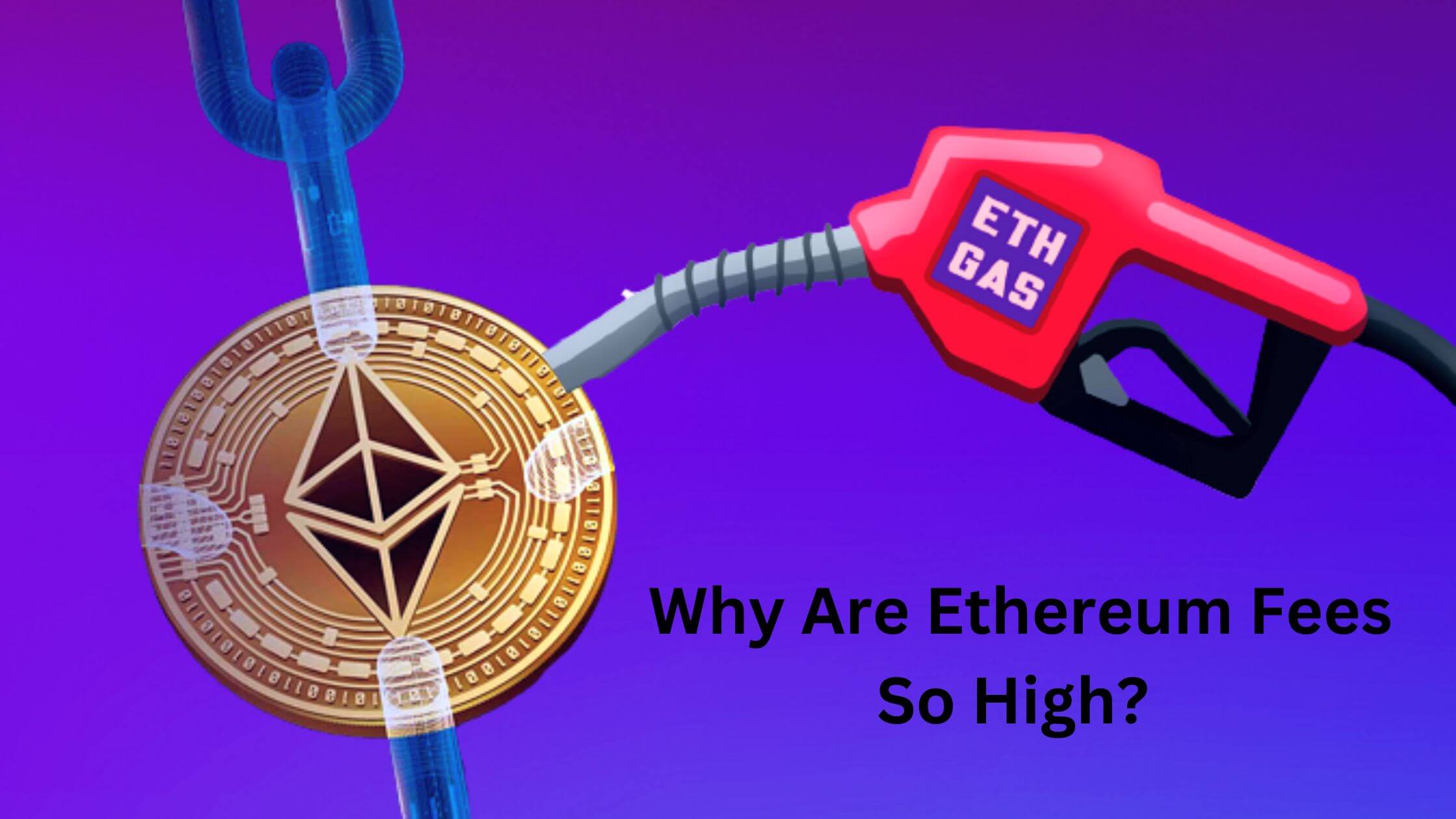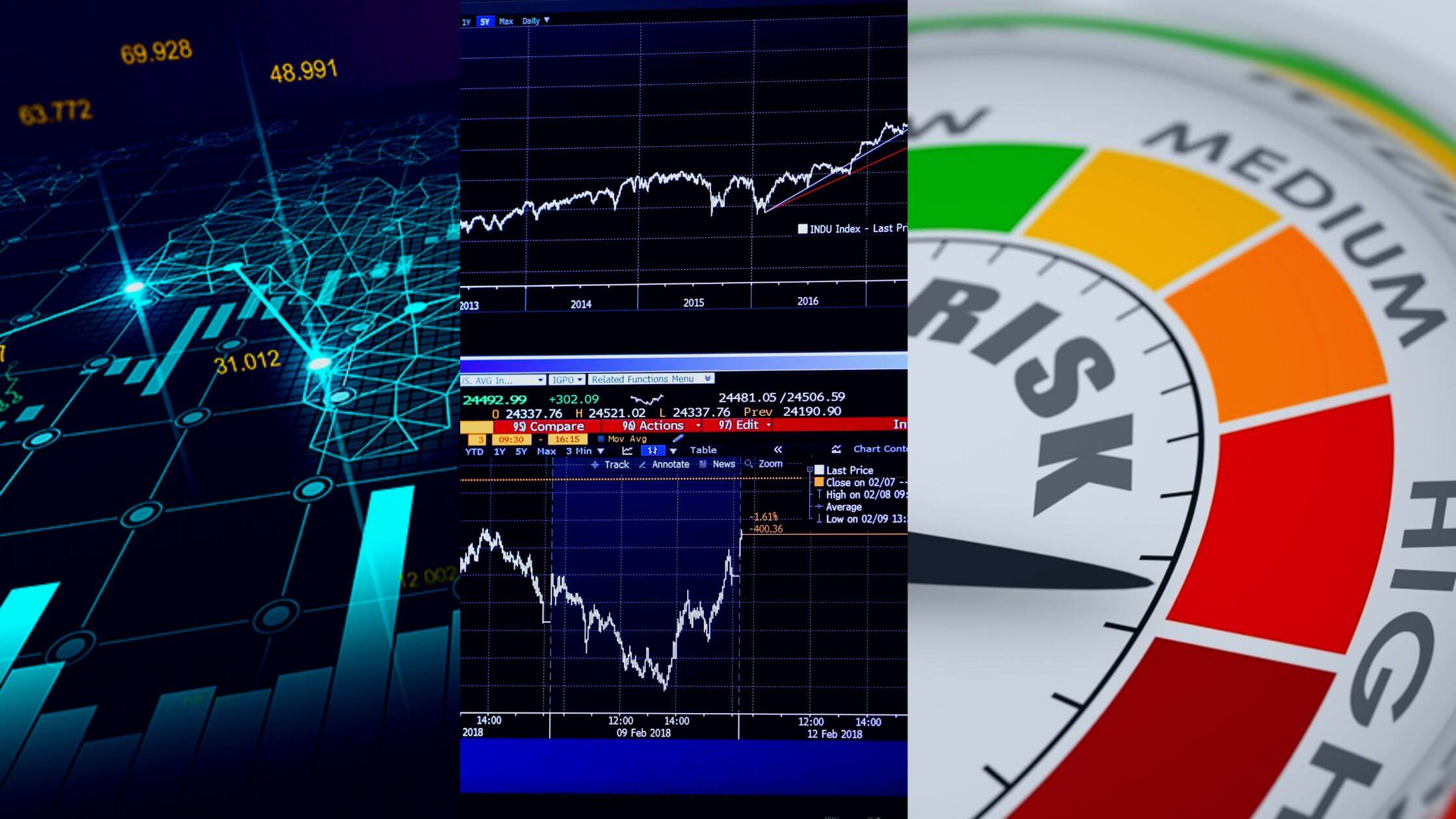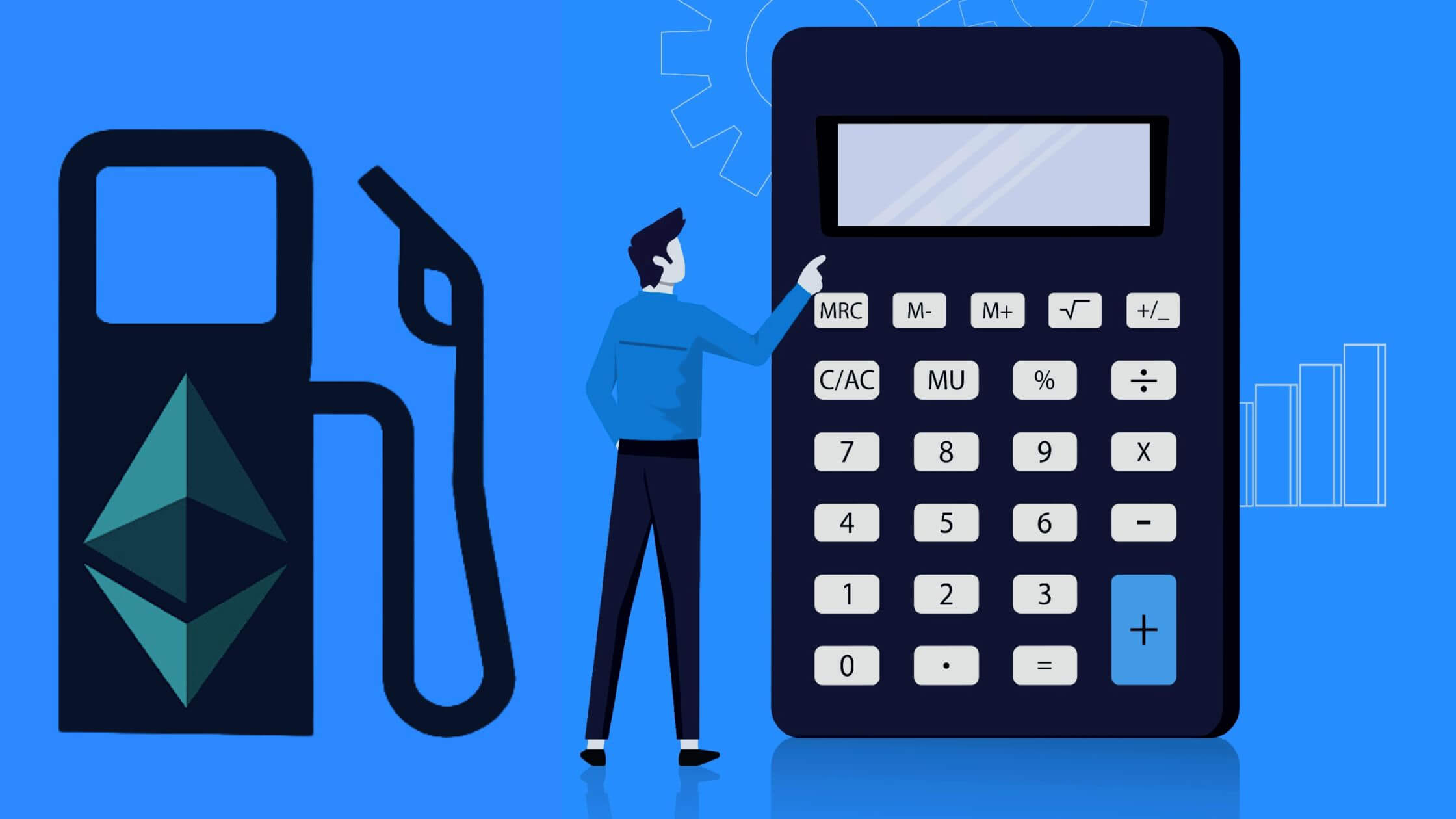Finance
Why Are Ethereum Fees So High? How To Calculate The Fees?

Over time the dependence on cryptocurrencies and blockchain networks has been increasing. Some blockchain networks have emerged to be very compatible with the latest developments. That is why the user base of these networks has increased with time.
One of these platforms is Ethereum. Ethereum is emerging as the most opted blockchain network for various reasons, such as secured transaction handling, domain dynamism, and ERC-20 compatibility. Many traders and developers are currently operational and active on this blockchain network.
All users must pay a certain fee to operate the Ethereum blockchain network. This fee is probably referred to as a gas fee. This fee is usually very high and acts as a stumbling block in raising the user base of Ethereum.
But have you ever wondered why this gas fee is charged and for what reasons this fee is so high? Let us explore these issues one by one in the upcoming sectors ahead.
What Are The Reasons Behind?
The fee that is charged is completely proportional to the price of the tokens and the user availability. There is no single reason why this fee is so high. Multiple factors are responsible for this hike. The list of these reasons has been given in the following way:

Dependent Network
The Ethereum Blockchain network is not an independent network. It is supported by validators, miners, and authenticators.
The Ethereum network does not operate on its own. Many secured third-party operators are responsible for securing and executing the transactions on this blockchain. These third parties help to verify the transactions and help in the creation of new blocks.
All of these functions are very helpful in generating a secure platform.
These validators work 24 by 7 to execute and settle the trade according to the protocols. This excessive workload on the validators and the third-party authenticators justifies charging hefty fees.
The fees charged are offered to these miners and validators. It incentivizes them to authenticate and verify the transactions. They use their power and bear the expenses for such confirmation and verification,
Fluctuating Market Trends
If you have ever invested in crypto assets, you will know that this fee is never the same. It is charged under a different valuation for every transaction.
This is because of many reasons. The exchange rate of tokens and the price value determines the fee. The volatility of crypto tokens is one of the essential reasons why the fee also fluctuates.
It can be as high as USD 80-100 or as low as merely ten bucks for each settled token. The number of units and tokens covered under a transaction also helps to determine the fee amount. These units are different for different transactions.
Traffic on the network signifies the demand for these coins. It is a general rule that the price increases with the traffic and vice-versa. The economics of gas fees revolves around these factors.
High-Risk Factors
The miners and the validators undertake high risk to verify every transaction. The network is prone to cybercrime and other threats. As a result, the slightest shift in the currency and the valuation can crash the entire market.
The recent downfall of bitcoin, with a 250% crash, is the greatest example of this threat. To cover this risk, a high gas fee is charged to preserve the base value.
Is There Any Limit To This Fee?
Ethereum blockchain network operates within the standard limit of 21000 gas units. This is the maximum number of tokens that can be accepted in any transaction. The fee is usually 20-50% of these units.
With this approach’s help, the fee’s final valuation can be easily determined. If there is a difference in the price of the units between the time the fee is generated and the fee is paid, then the difference is either debited or credited from the wallet.
There is probably no way out through which the payment of this fee can be avoided. The server does not continue to proceed until the fee has been paid.
The gas fee comprises the base, the taxation, and the commission charges. Each of them is not fixed and fluctuates according to the market conditions.
Users must pay an additional priority fee to register over the network. This feature helps to settle the trade despite the congestion on the network.
How To Calculate This Gas Fee?
It was in the year 2021 that the Ethereum Blockchain network was updated with London Upgrade. This has significantly introduced changes in the method of fee calculation. The latest method has been explained in the following way:

Gas Fee: Gas Units * (Base Fee + Tip)
Here, the gas units refer to the number of tokens under a transaction that the user is willing to transfer, exchange or swap. The second component of the equation comprises the base fee and the tip.
Read More: WLUNA vs LUNA: Are They Same?
The base fee is the minimum price of the crypto coins that are currently tradable in the market. At the same time, the tip refers to the correction fee paid to the miners to cover the chances of a downfall or a market crash.
The tip is determined according to the valuation of the base fee. In short, all these indices fluctuate in value.
The tip is also referred to as a priority fee. It also serves another important purpose. The validators who are paid this fee get an incentive to prioritize a transaction despite the traffic on the network.
Ethereum gas fees are complicated to calculate. These calculations are made with the help of software that is free to use. Every user can get a fair estimation of this fee before executing any transaction.
Conclusion
When it comes to base fees, most investors desist from paying. However, this is one of the most useful aspects that must be determined in one go.
The user might try to reduce the fee, but it is generated by the network automatically. That is why there is no way left to escape the payment of this fee.
